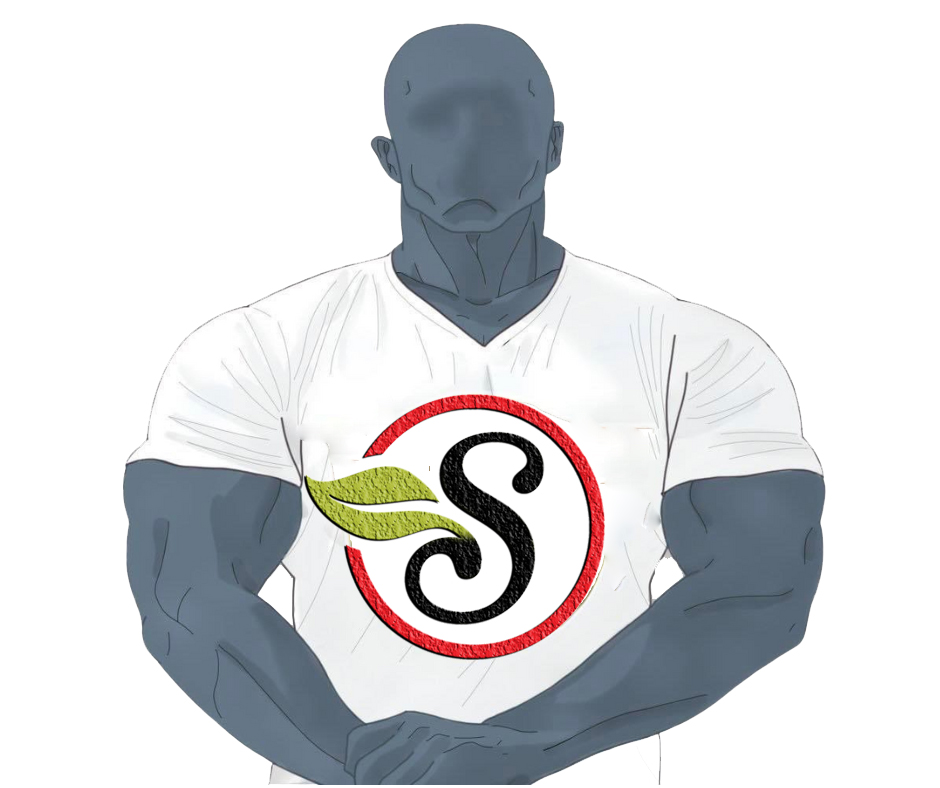Slippery Elm
Slippery elm is a small species of elm tree that is native to eastern North America. The bark of the tree is harvested for its inner lining or pith, which contains a high mucilage content that gives rise to the “slippery” factor. Slippery elm bark is traditionally used to make soothing ointments, lotions, creams and other topical preparations for the skin. The herb is also used to make tinctures, teas, syrups and throat lozenges.
Slippery elm bark is a demulcent. This means that it is capable of soothing the lining of the stomach and intestines and reducing irritation. Demulcents are sometimes referred to as mucoprotective agents.
Recent studies have shown that slippery elm bark can help treat the symptoms associated with inflammatory bowel diseases like Crohn’s disease, ulcerative colitis, and irritable bowel syndrome (IBS).
Slippery elm contains mucilage, a sticky mixture of sugars that can’t be broken down by the human digestive tract. The mucilage coats the throat, so it’s no surprise that slippery elm is found commercially in many brands of throat lozenges.
Powdered slippery elm bark is typically used to make poultices and suppositories. Because slippery elm bark contains various nutrients, the powdered herb is also encapsulated as a dietary supplement or is combined with hot water, cinnamon and sugar to make a gruel, or hot cereal.
Native Americans would peel its slimy, red inner bark from twigs and branches and use it as a remedy for many common ailments, like fevers, wounds, and sore throats.
They found that when the bark is mixed with water, it generates a sticky material known as mucilage, which is therapeutic and soothing to anything it touches. The Native Americans would also wrap the inner bark of the slippery elm around their meat to keep the meat from going bad.
« Back to Glossary Index
